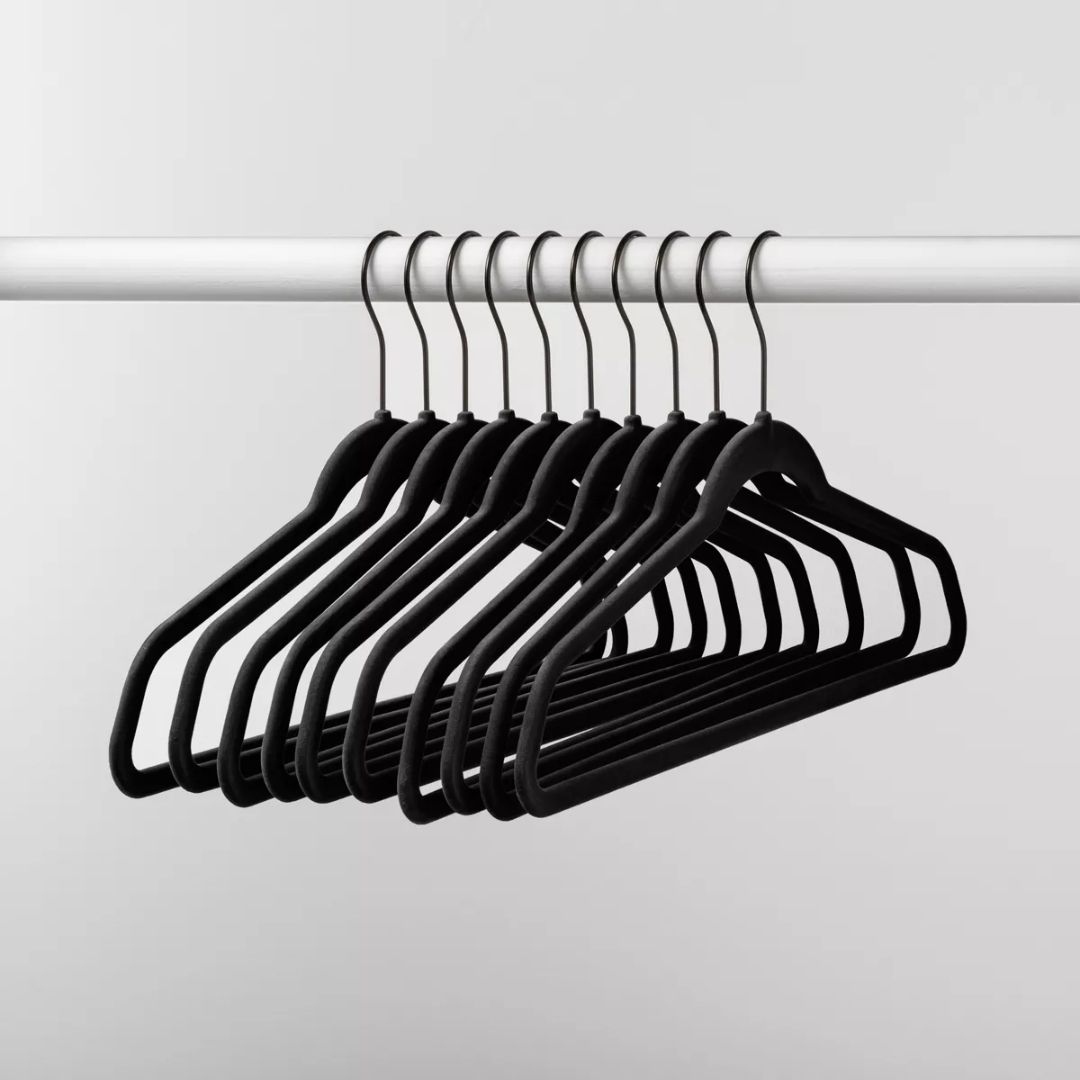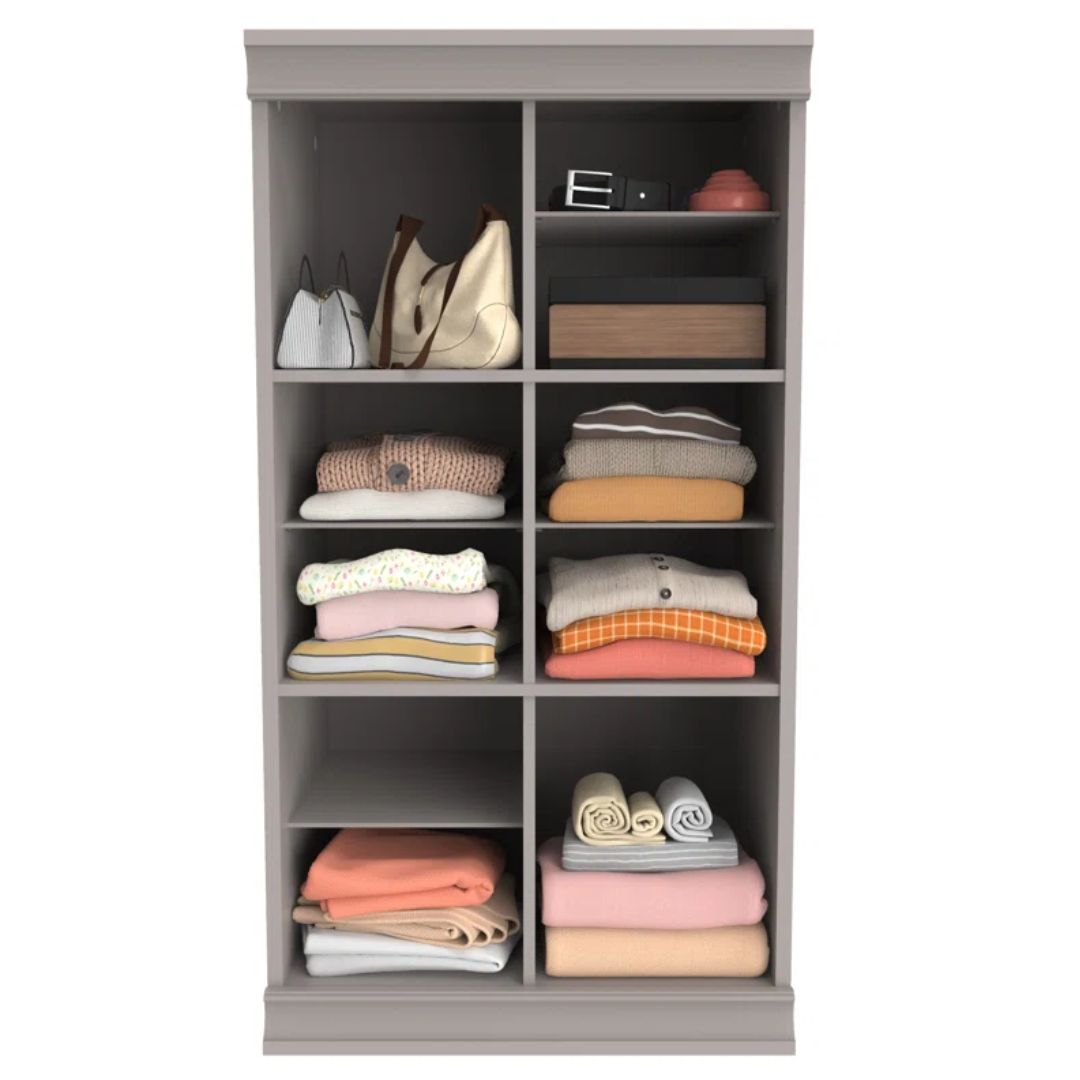Closet Organization Ideas — 12 Ways to Maximize Space and Bring Style Back Into Your Wardrobe
If your closet is getting a little too crowded, here's our 12-step plan to bring organization to the chaos


- 1. Edit Your Closet
- 2. Get Organized
- 3. Group Clothes and Items by Category
- 4. Store Your Handbags Neatly
- 5. Use Matching Hangers
- 6. Install Adjustable Shelving
- 7. Incorporate Drawer Organizers
- 8. Create a Seasonal Rotation System
- 9. Organize According to Your Routine
- 10. Organize By Color
- 11. Place Your Shoes on a Shelf
- 12. Maintain a Clean Closet
- FAQS
Closet organization ideas are a great way to bring a routine and method even in the smallest of places. Clothing can often pile on and lead to a disorganized state, which is why you'll need to find a strategy that works for you and stick with it. After all, a clean space is a stress-free space.
Getting clothes in order is a great starting point for home organization, and the closet is a space that can easily get out of hand if the right systems aren't in place. Di Ter Avest a Home and Lifestyle Professional Organizer from Di is Organized says: "Organizing a closet is all about making your life easier. It’s not just about keeping things tidy; it’s about creating a space that works for you and your lifestyle. Think of it like this: when your closet is organized, you're in control, able to find what you need faster, get dressed with less stress, and maintain the space more easily."
Get ready to clean out that closet and get it organized, as we've spoken to professional organizers about how some closet organization ideas that will certainly change the way you keep wardrobe and all that it entails.
Closet Organization Ideas
From DIY closet organization to simple hacks that you can you use to get your closet more organized, we spoke to the experts to get the lowdown.
Here are 14 closet organization ideas you're going to want to have on your radar.
1. Edit Your Closet
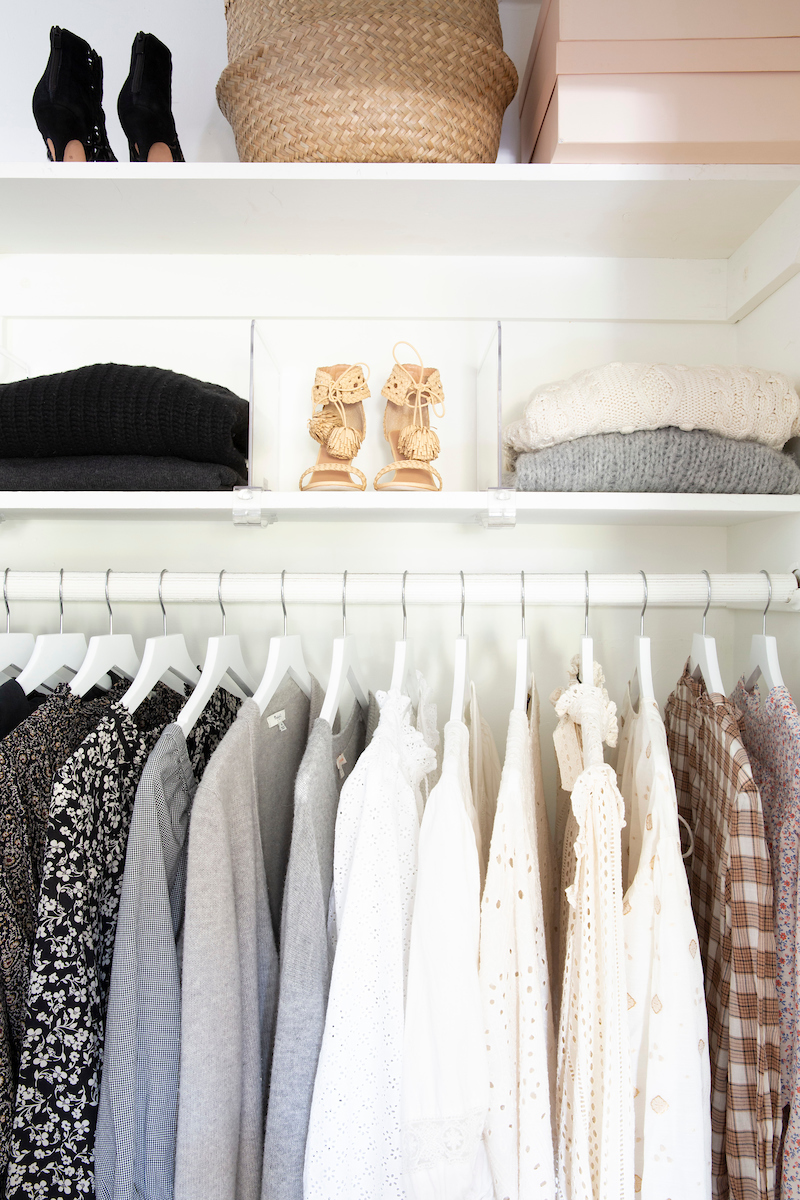
If you're looking for places in the home to organize in September, the closet may be the best place to start. I've been guilty of it too, oftentimes clothes begin to pile onto one another and those neat and pristine folds no longer exist. It's time to change that.
Shira Gill, the author of one of my favorite books Minimalista, and a professional organizer says, the first step to an organized closet space is editing what you have. "Too much clutter is the enemy of a well-organized closet," says Shira. So what do you do to tackle this? Well, the expert says you need to, "start by reflecting on the size of your closet and your current lifestyle. Make a list of what you need for your typical week, including workouts, hobbies, and special events. This is also an opportunity to be intentional about how you present yourself each day."
She continues: "Remember, just because something was expensive or looks good on someone else doesn’t mean it’s right for you. Review everything in your closet and try to keep only what you truly use, need, and love. This step is the foundation of creating a functional, organized space."
The Livingetc newsletters are your inside source for what’s shaping interiors now - and what’s next. Discover trend forecasts, smart style ideas, and curated shopping inspiration that brings design to life. Subscribe today and stay ahead of the curve.
2. Get Organized

Whether it's learning how to organize a linen closet or you simply want to tackle the mess of your clothes, Shira says you need to have a clear understanding of how to begin the organization process. The best way to do that is to identify what needs organizing and how.
Shira tells us: "Once you've pared down your wardrobe to the essentials, group items by type (sweaters, jeans, dresses, etc.). When deciding how to store each category, consider how frequently you use them. Keep everyday essentials front and center for easy access, while formal, seasonal, and occasional items can be stored in the back of the closet or on higher shelves."
The professional organizer says If you have an entry closet or additional storage space, even a suitcase will do, you should use it for bulky coats and seasonal pieces. "One of the easiest ways to maximize space in a small closet is to think vertically. Adding a few shelves can work wonders for storage in tight quarters," she adds.
3. Group Clothes and Items by Category

Trying to figure out how to declutter when you have a busy schedule? Well, why not start off by grouping clothes and certain items by category?
Di Ter Avest, a home and lifestyle professional organizer and founder of Di is Organized, says: "Start by separating your clothes into categories like shirts, pants, and dresses, and then organize by color." Di says this makes it easier to find what you need and keep your closet looking neat and tidy.
Professional organizer Shira, has given some space-saving tips for certain items. For hats, the Shira advises you "stack athletic hats in an open bin or basket for easy access. Store larger hats on hooks to keep them visible and easy to grab." As for jewlery, there are many walk in closet systems which offer jewelry drawer organizers, according to Shira. These system protect and organize your delicate pieces. Instead the expert says "for a more decorative option, consider displaying jewelry like art by hanging necklaces on small hooks and using ceramic dishes for earrings, bracelets, and rings."
When it comes to smaller accessories, why not opt for baskets and bins? "Use attractive open bins or baskets to contain gloves, scarves, and other accessories," Shira adds. "Choosing a consistent style and color of bin helps keep everything looking neat and coordinated."
4. Store Your Handbags Neatly
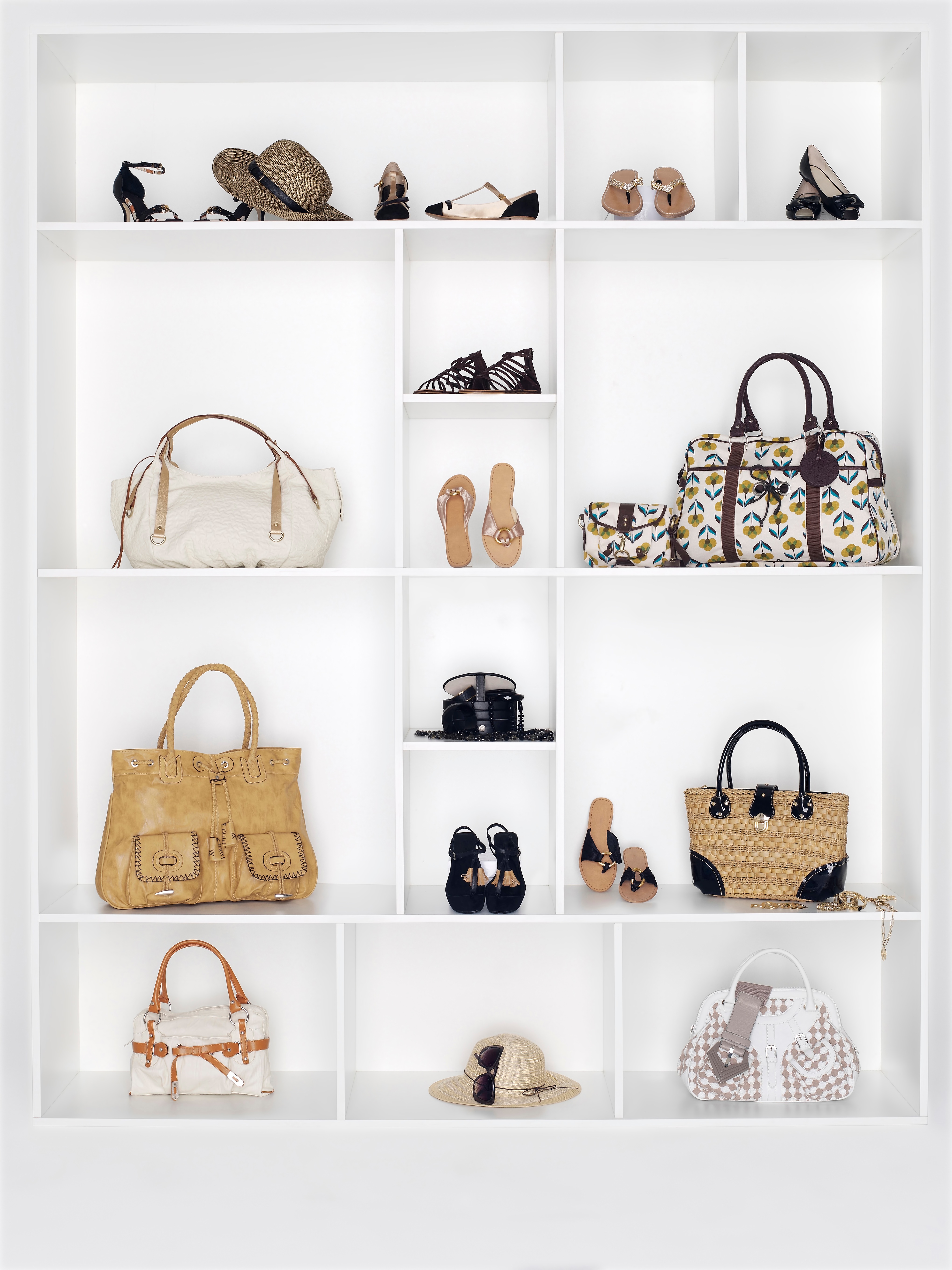
Make space for your much loved wearable by investing in handbag storage, placing them in labeled bins and baskets, or hanging them up. A closet labeling system will make a huge different to your space, trust me!
"Hang handbags on sturdy hooks and store clutches and small evening bags in labeled bins or baskets," Shira says. The expert says you can also line up handbags on a shelf, "stuffing them and using acrylic dividers will help maintain their shape and keep them upright."
Handbag dividers may just be your saving grace, like this Ronlap Purse Storage Organizer from Amazon. Di says handbags can be quite tricky to store, "but dividers help keep them upright, visible, and in good shape." This simple fix will help protect your bags from being scratches or tears, and also makes it a whole lot easier to grab and go."
5. Use Matching Hangers

This is probably one of those things people with organized closets have — and personally for me, matching hangers are a go-to.
Mix and matching can be fun... at times. But when it comes to mismatched hangers, it can be quite a nuisance. Different hanger shapes and sizes could lead to crowding, so why not opt for the same hanger style across your wardrobe.
And professional organizer Di, seems to agree. "Swapping out mismatched hangers for a uniform set does wonders," she says. "Not only does it look cleaner, but it also maximizes space since everything hangs at the same level."
6. Install Adjustable Shelving
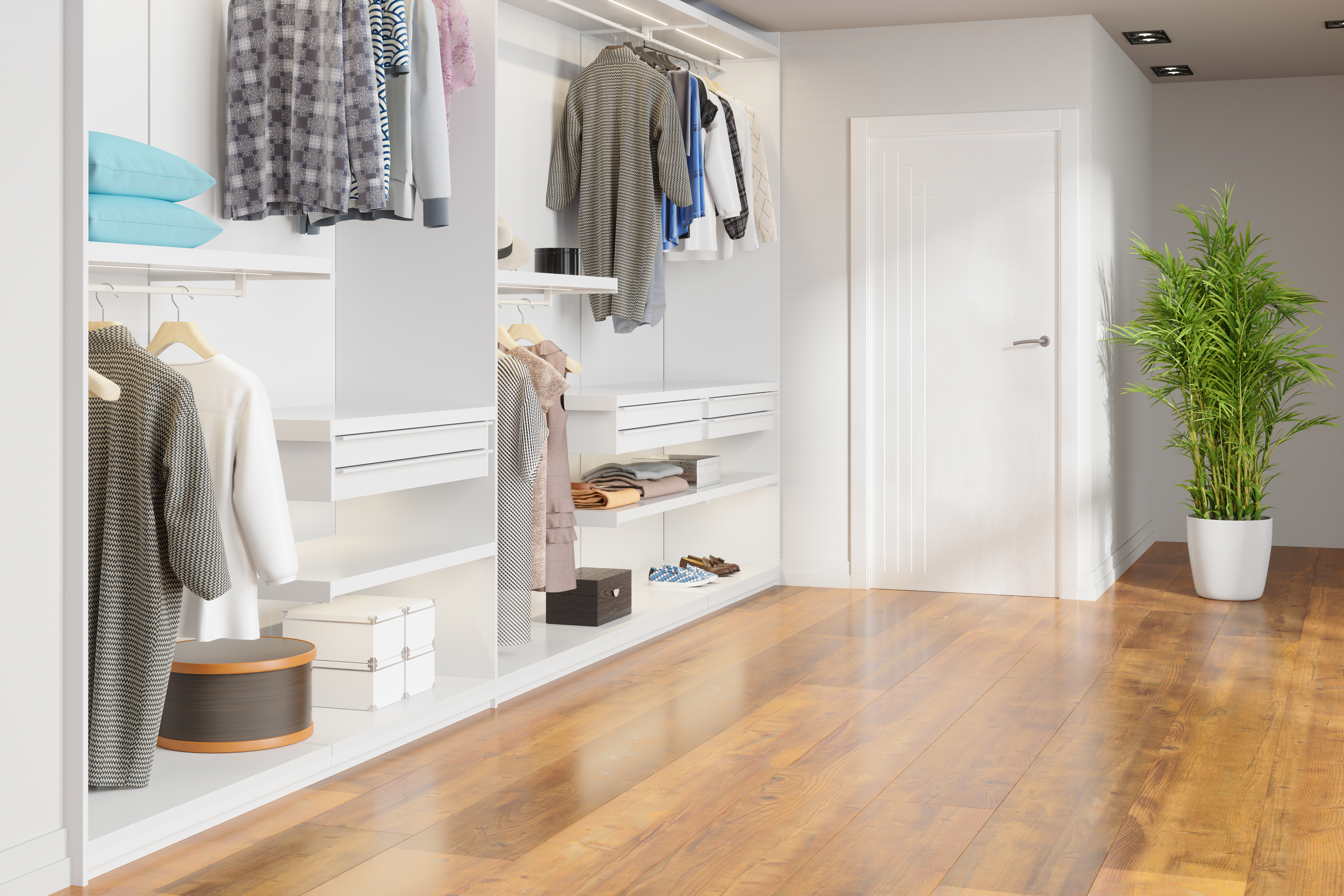
Adding an adjustable shelf is a great way to maximize space in your closet. You can add your shoes, bags and even neatly folded clothes onto these to help create more space as well as add aesthetic and to your wardrobe.
"Adjustable shelves are fantastic because you can customize them to fit whatever you need, whether it’s shoes, sweaters, or bags," Di explains. "This way, you’re making the most of every inch of vertical space."
You can also opt for adding shelving around different areas of your home, such as a chic floating shelf. And if you are wondering "are floating shelves still in style?" the answer is, yes!
7. Incorporate Drawer Organizers
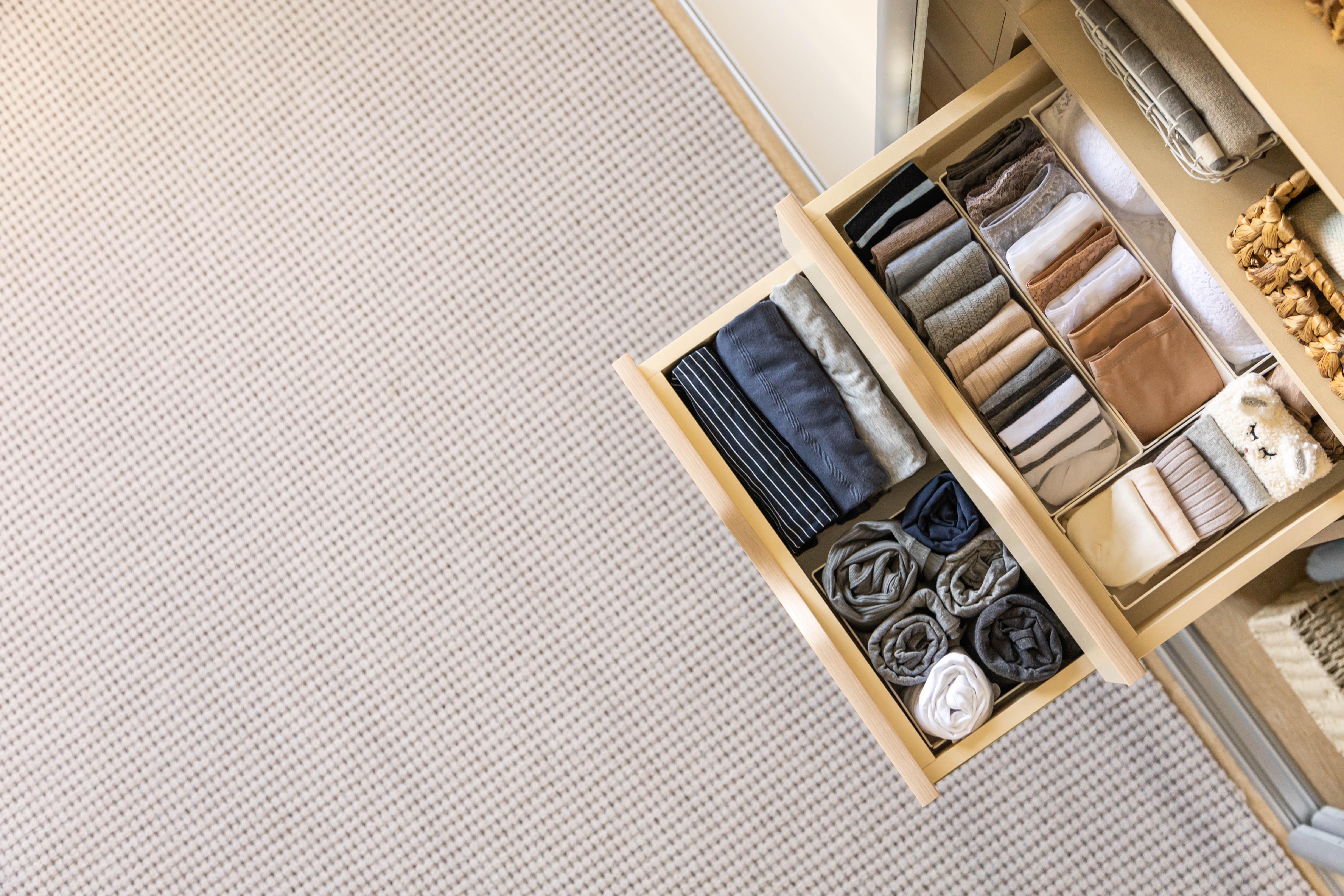
Drawer organizers really do make a difference. It's the perfect way to separate the smaller items from the bigger items and is ideal for creating a more organized space.
Di tells us: "Don’t forget about the small stuff! Drawer organizers for things like socks, ties, and accessories keep everything in its place, so you’re not rummaging around for that one missing sock."
8. Create a Seasonal Rotation System
It's the almost fall, so why do you still have your summer attire hanging around? Prepare to make a switch season by season as this will allow you to have more closet space.
"If your closet is packed, consider rotating your wardrobe seasonally," Di explains. "Store off-season items in bins or on high shelves to free up space for what you’re currently wearing."
This will give you the chance to refresh your closet space every few months and it's also the most ideal solution for those small closet ideas.
9. Organize According to Your Routine
Want to know how to make the most of a small closet? Well, why not trying organizing it in a way that suits you. Shira tells us: "Organize your closet in a way that suits your daily routine. Keep frequently worn items visible and accessible, and store formal, seasonal, and occasional items towards the back or on higher shelves."
She continues: "A streamlined setup not only makes it easier to find what you need but also creates a visually pleasing space. Consider adding personal touches to your closet, such as patterned wallpaper, a throw rug, decorative lighting, framed photos, or an inspiration board to give it a stylish, personalized feel."
10. Organize By Color

Color organized closets are quite fun, but it can be quite the task to upkeep. The best way to organize by color is by coordinating your clothes according to the category of clothing.
Once you've sorted your clothes by its specific type, whether its jeans or shirts — you can then proceed to arrange things by color. You can use the colors of the rainbow for this or as some might call it "ROY G. BIV" which is red, orange, yellow, green, blue, indigo, and violet.
11. Place Your Shoes on a Shelf

If you've added your fancy shoes in your closet but you can't seem to find a space for them, the best shoe storage are the ones that are discrete, elegant and go perfectly with your homes decor.
Adding shoe shelves to your closet will give you the luxury of color coding your shoes as well as placing them in category. From trainers to your smart shoes, shelves are certainly a great way to stay organized.
12. Maintain a Clean Closet

The best closet organizers are those that maintain the cleanliness of their space. Afterall, you worked so hard, so let's try to maintain it!
So what would be the best way to do this? "To keep your closet organized over time, it’s essential to respect the boundaries you’ve established," Shira tells us. "Whenever you add a new item to your wardrobe, consider donating or consigning a similar piece."
She recommends you keep a basket or tote in your closet for for items you plan to donate. "When it's full, take it to a donation center or a consignment store. Remember, life can be chaotic, but your closet doesn’t have to be," she adds.
FAQS
Why is it so important to organize a closet?
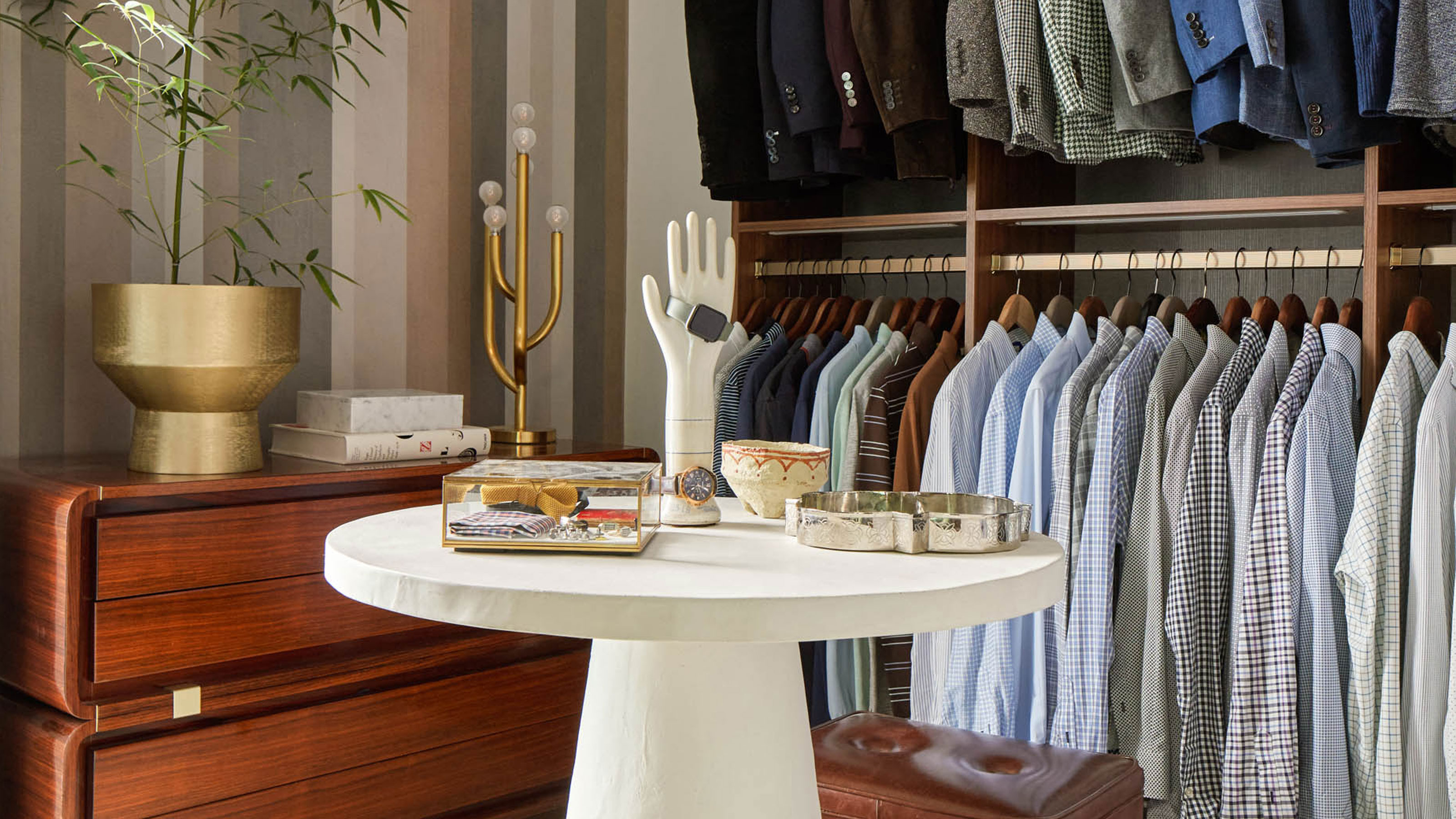
Di says organizing is key for a healthy and more efficient lifestyle. "Organizing your closet is key to a smoother, more efficient routine," she adds. "When everything has a home, you spend less time searching for what to wear. Plus, when your closet is organized, you’re less likely to buy things you don’t need, which can save you money in the long run."
What if I struggle to let go of items?
There are a few things you need to let go of when organizing and decluttering, but it is by no means an easy step to take.
"Letting go can be tough, especially if items have sentimental value or if you’re just unsure about parting with them," Di explains. "Start small—focus on items you haven’t worn in a year, that don’t fit, or no longer match your style. You can also try the 'one in, one out' rule: for every new piece you buy, let go of an old one. If sentiment is holding you back, consider taking photos of items before you let them go."
Di adds: "And remember, by donating or selling these items, you’re giving them a new life and making space in your closet for pieces that truly work for you."
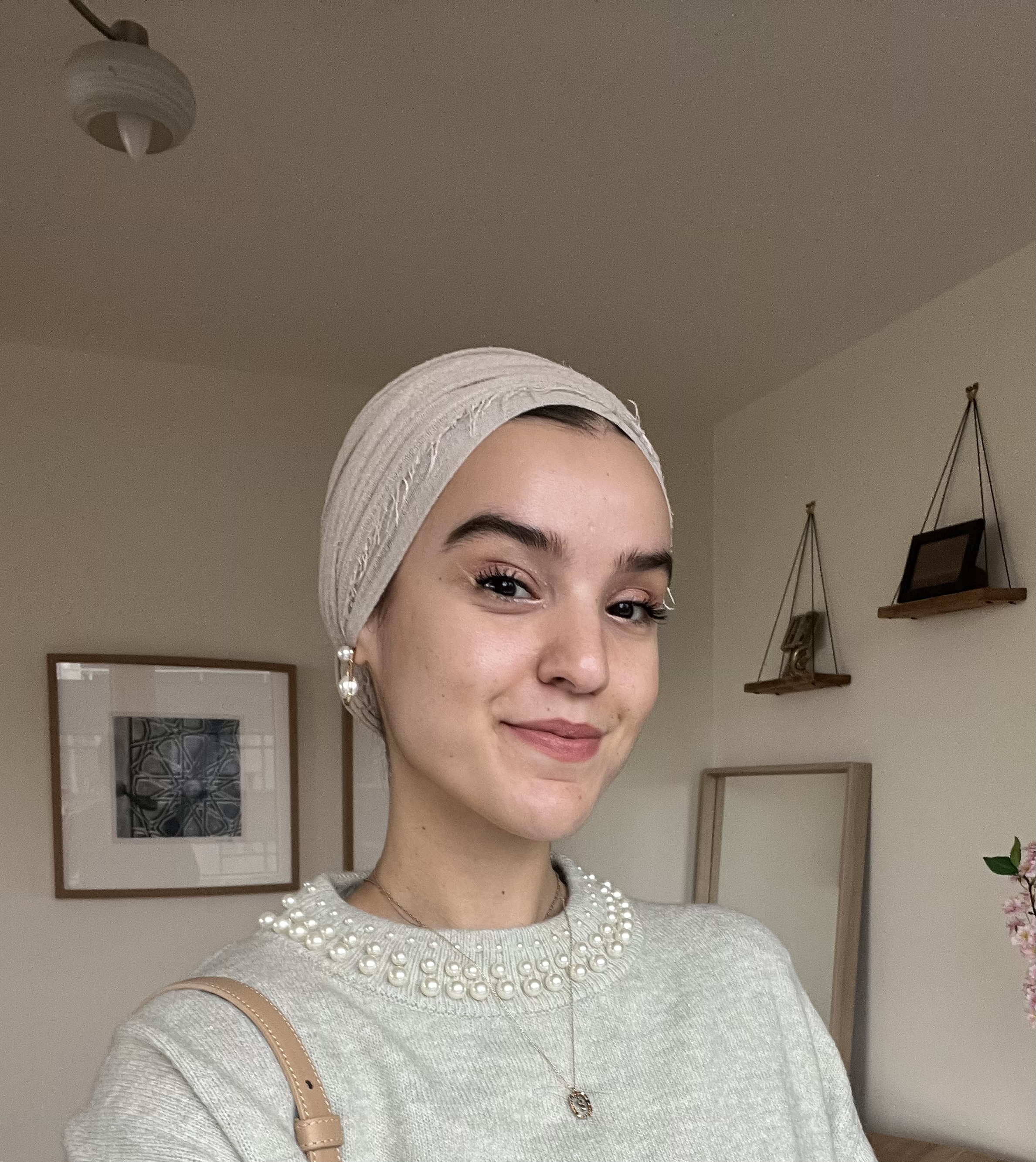
Faiza is the Renovation Editor at Livingetc. She previously worked for The Independent as a News Feature Writer, where she crafted lifestyle, entertainment, and news stories. She also worked as an Audience Editor for the newspaper for almost two years. Thriving in the busy newsroom, Faiza also spent her time crafting stories for Sky News as an SEO reporter, where she produced stories based on trending topics. Lifestyle and interior design have been areas of interest for her for some time, and as she advances in this field, she will continue to refine her skills in all aspects of design. Faiza has a background in SEO, social media, and reporting. Her passion for writing goes beyond her work as she loves all things poetry and creative writing.

